Em-Dash is a small press redefining the indie zine beyond nostalgia
The South London publishing studio's new imprint 'Practice Meets Paper' translates a chosen artist’s practice into print. Wallpaper*s senior designer Gabriel Annouka speaks with the founders, Saundra Liemantoro and Aarushi Matiyani, to find out more
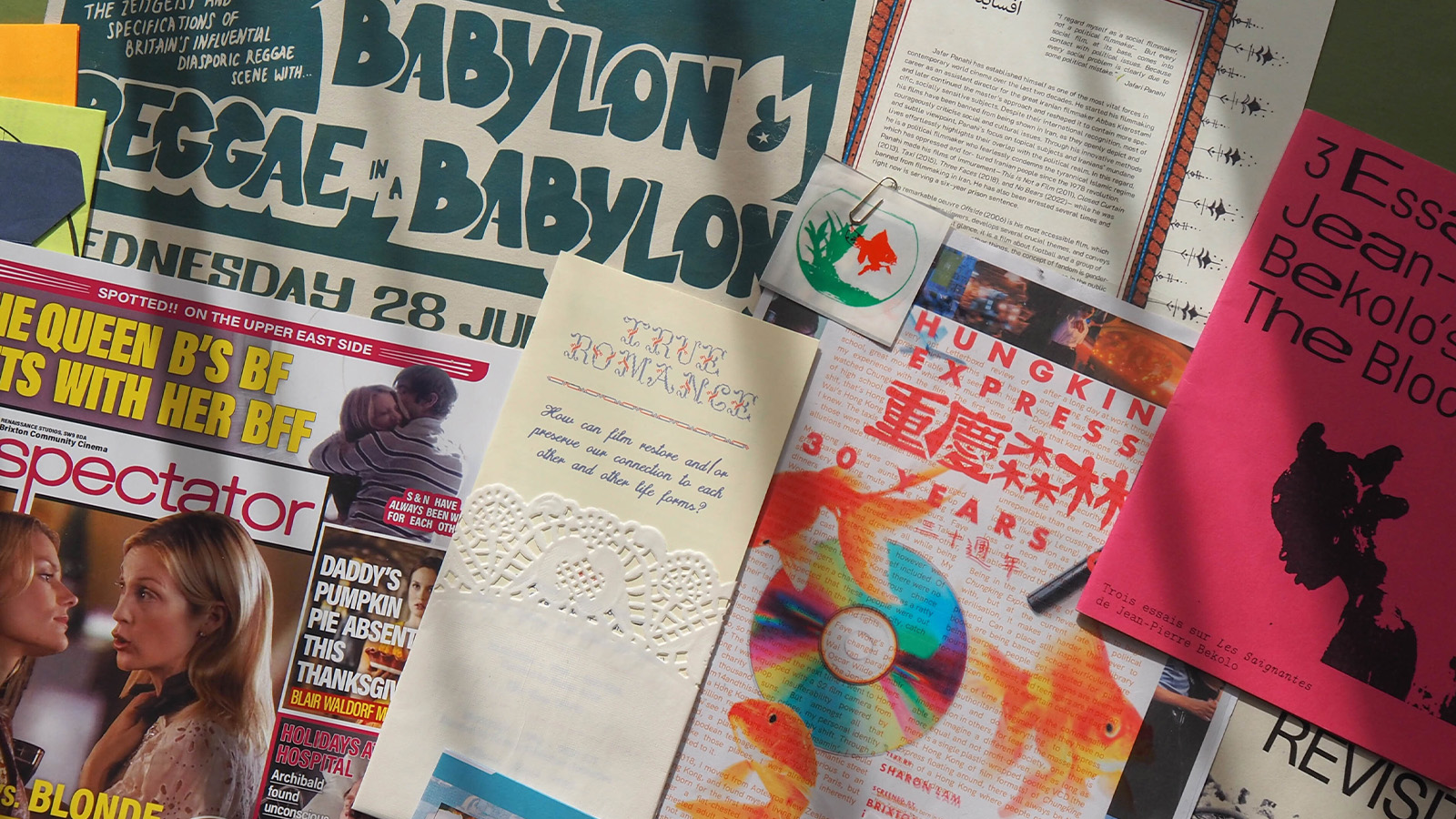
'Publishing is acknowledging histories that lie within the tools, materials and methods we use to print, bind and assemble. Self-publishing is selfish. It’s for us, to be enjoyed by others,' explains Saundra Liemantoro and Aarushi Matiyani co-founders of Em–Dash, the South London publishing studio.
The pair met while studying at Goldsmiths and, without a print studio of their own, began producing risograph zines, posters and ephemeral print objects that sit somewhere between graphic design, cinephilia and activism.
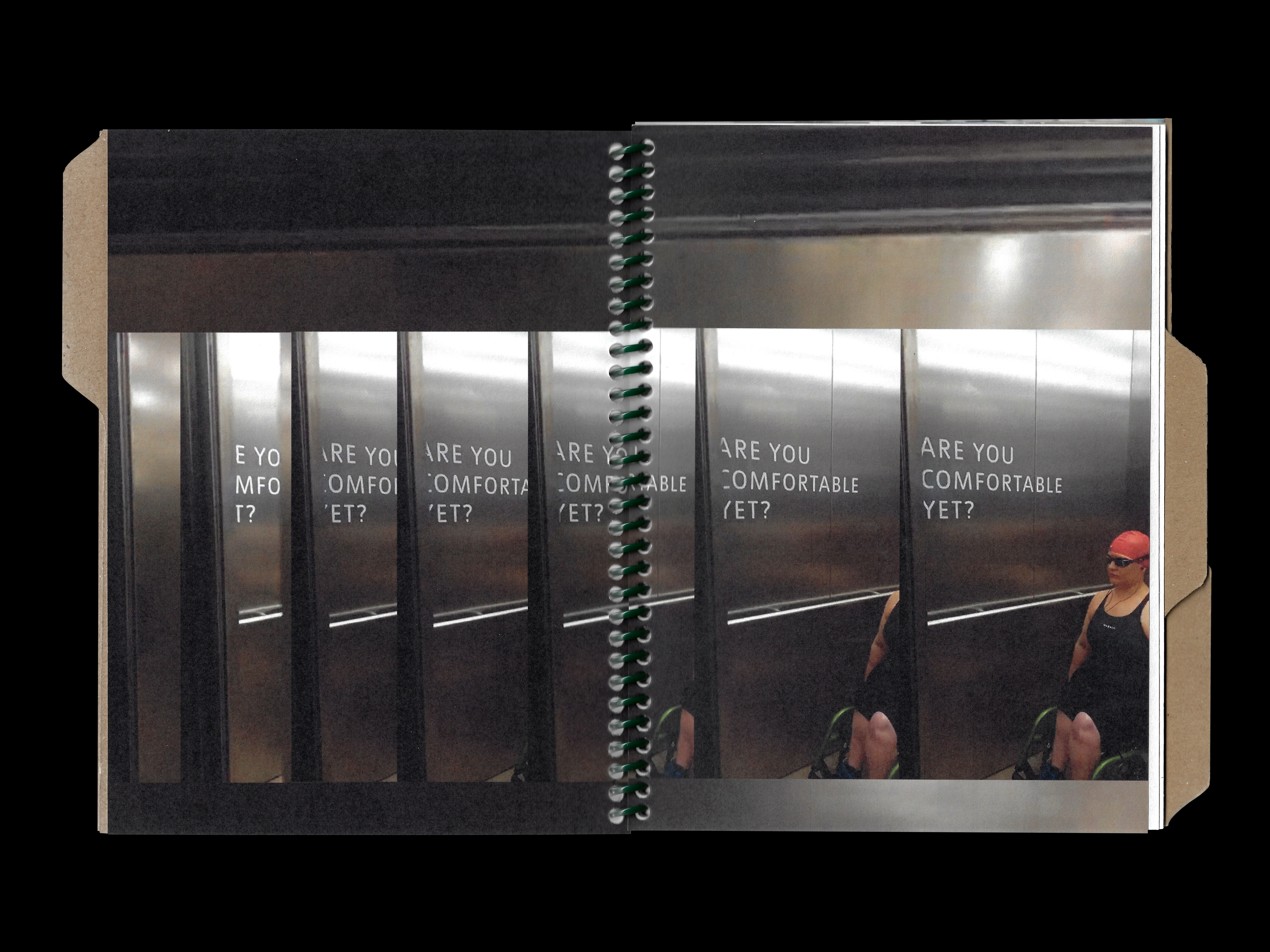
It all started with film. Em–Dash regularly collaborates with Brixton Community Cinema, producing risograph posters and postcards to accompany screenings across South London. What began as an experiment in making small-scale print collateral and introductions for screenings, soon evolved into a broader publishing series which they titled Éditions Atlas. Liemantoro and Matiyani began by producing programme notes that looked more like small books, blurring the boundaries between essays, recipes and love letters to cinema, creating pieces which acted like an extension of the screening itself – made to be held after the credits rolled, designed as a response to its context, rather than as a supplement.
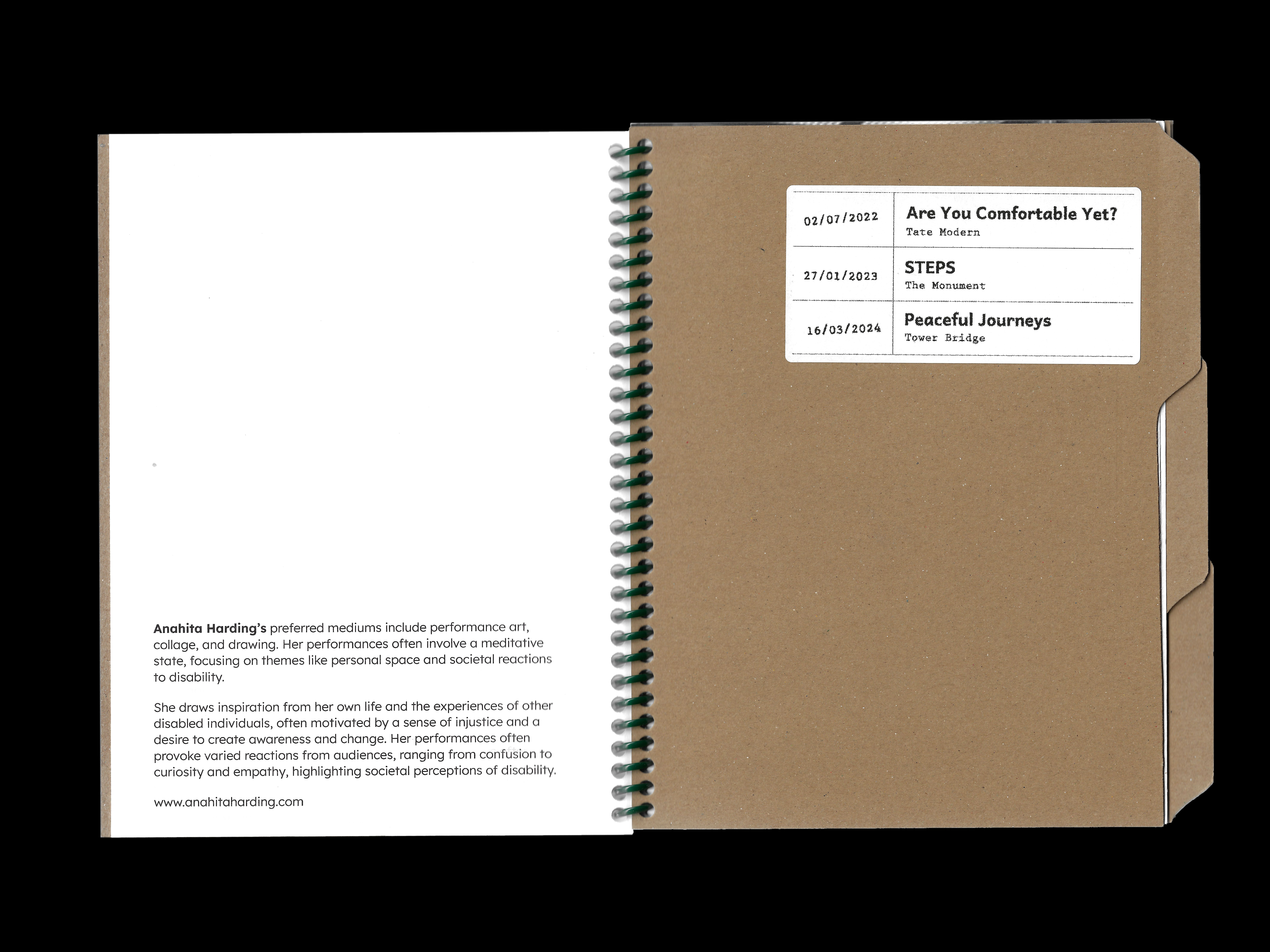
These modest prints act as micro-archives and are a tactile extension of shared film experiences. Independent publishing is often reduced to aesthetics, the fetish of paper, ink and nostalgia but Em–Dash reminds us that the page can still be a site of politics and pleasure, where performance meets paper, and the small press becomes something larger than itself.
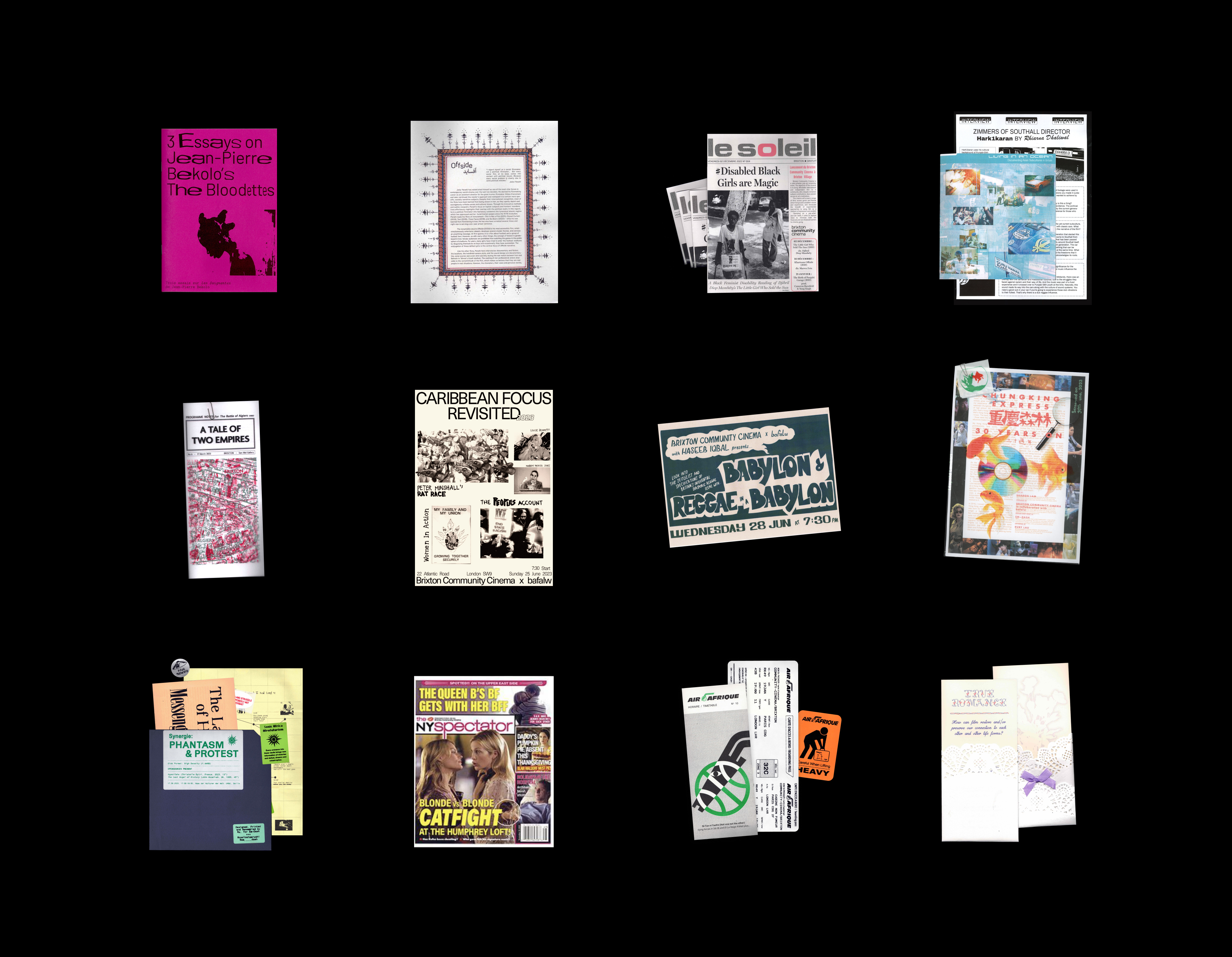
Now, with their newest imprint Practice Meets Paper, Em–Dash turn their attention to performance. The new series translates an artist’s practice into print. The first edition explores disability and access in monumental public spaces and is inspired by, and shares the same title as, Anahita Harding, Are You Comfortable Yet?
Harding’s practice examines perception and the body, often positioning the disabled body at the centre to challenge social norms and foster visibility. Her eight-hour durational performances in institutions like Tate Modern play with scale, stillness and endurance, asking who public spaces are really built for. When Harding approached Em-Dash after meeting them at a zine fair, the collaboration felt inevitable.

'She wanted to interpret three of her performances in book form, something we had been wanting to experiment with for a long time,' says Liemantoro and Matiyani. The result is a publication that reads as both translation and critique. Liemantoro collaged blueprints, signage and motifs from monumental architecture with fragments of text and imagery drawn from Human Dimension & Interior Space, a design manual that defines the “standard” human body.
Receive our daily digest of inspiration, escapism and design stories from around the world direct to your inbox.
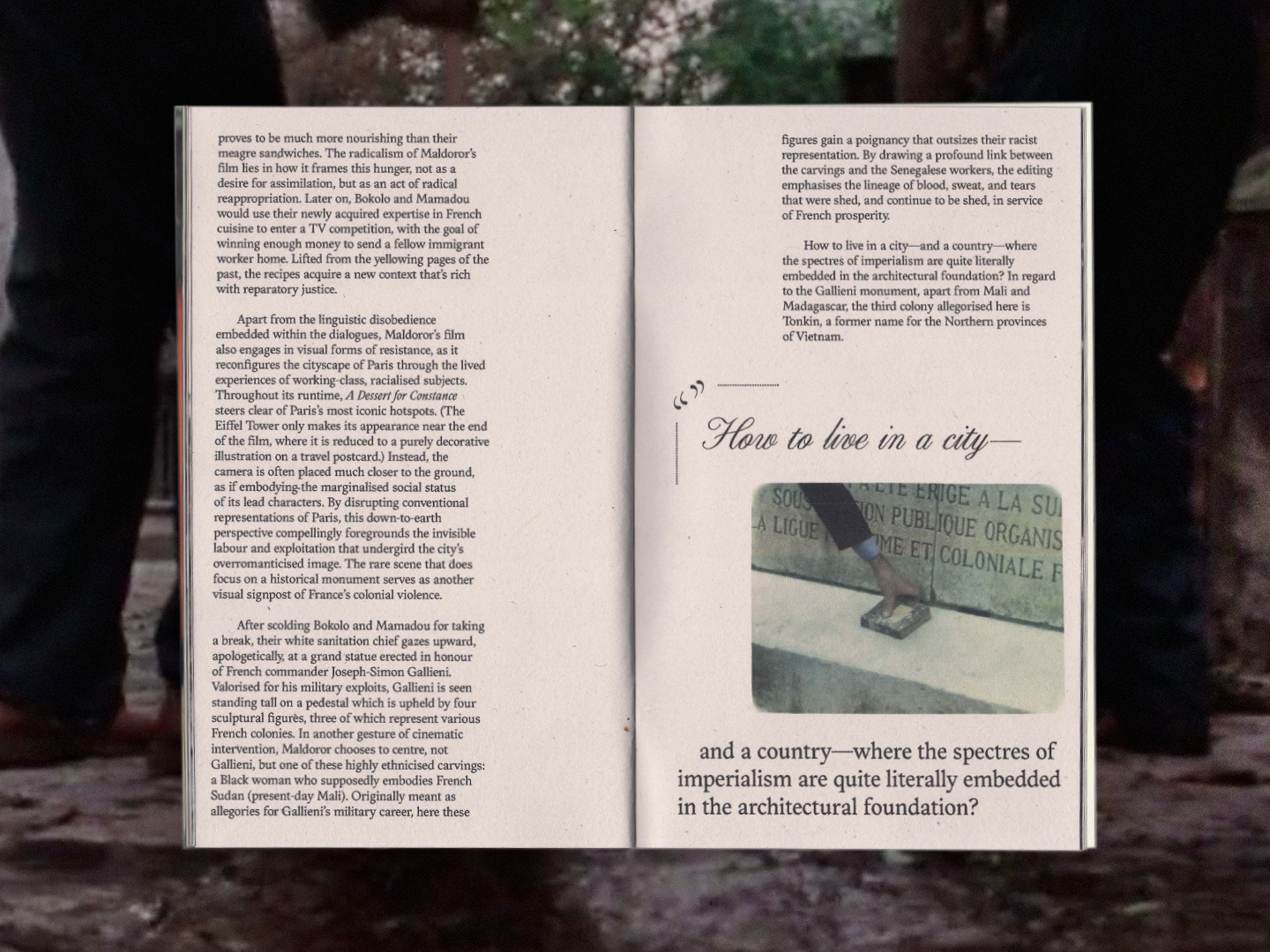
'One of our challenges was finding a way to communicate through an entirely different medium, the liveness of performance, the confrontation of the encounter, the scale of those monuments,' they explain. 'We wanted to see if the lack of access could be felt even more through print.'
At the launch of Em-Dash's Are You Comfortable Yet? at ArtHub, New Cross, the creative duo screened Harding’s performance videos, exhibited her costumes and props, hosted a drop-in workshop and closed with a reading and Q&A. The event echoed their publishing ethos: open, collaborative and deeply material.
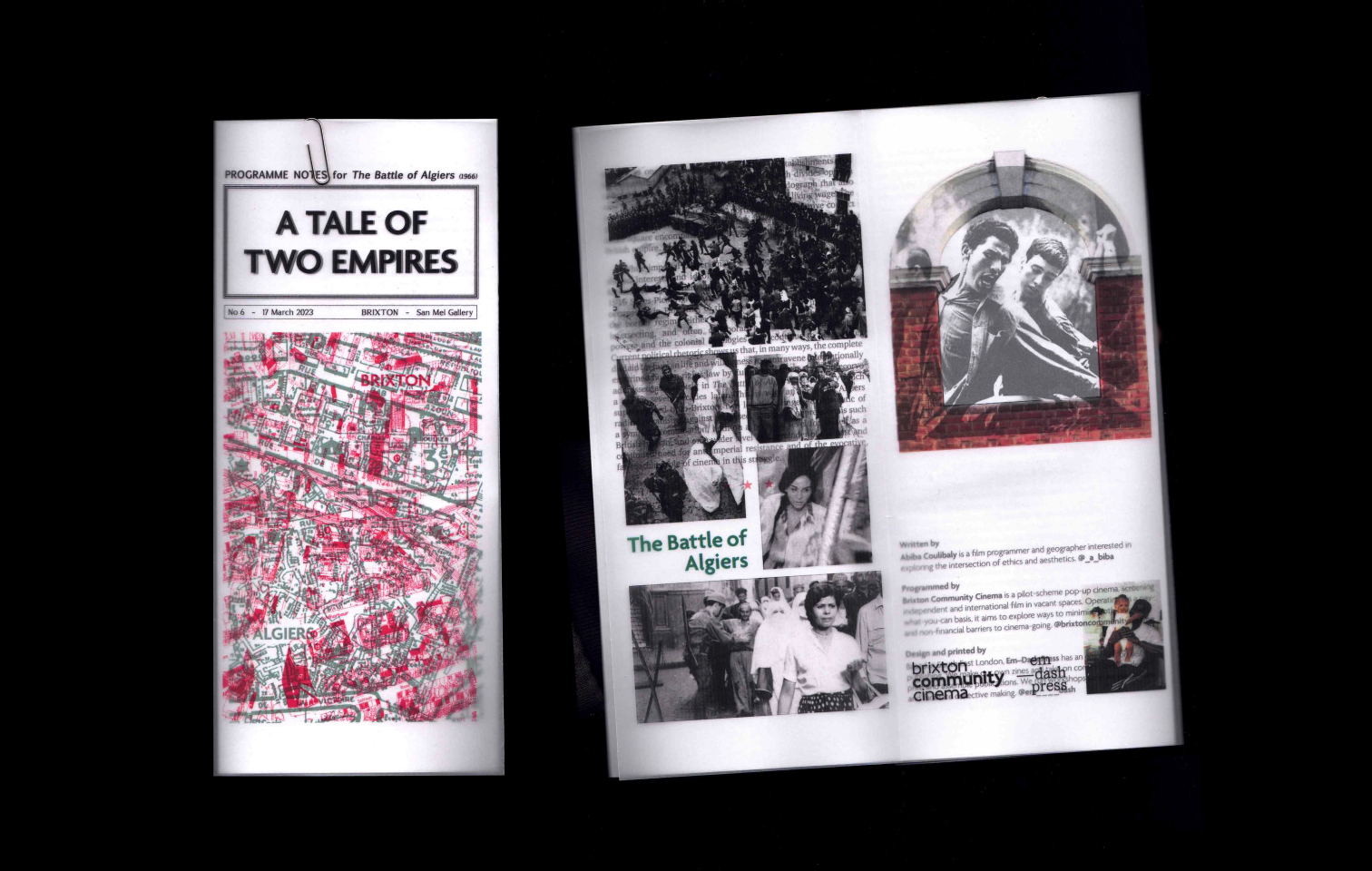
The juxtaposition between monumental scale and bodily absence exposes how design and access are intertwined, and asks whether a printed page can make viewers feel space, or its denial, through touch and composition alone.
Em–Dash are not simply making zines; they use print as a way of seeing differently, bringing together activism, design and cinephilia into a single, idiosyncratic practice that treats the page as a space for ideas. As Liemantoro puts it, 'We like to think of print as a slow form of care. Something that stays in the room long after everyone has left.'
-
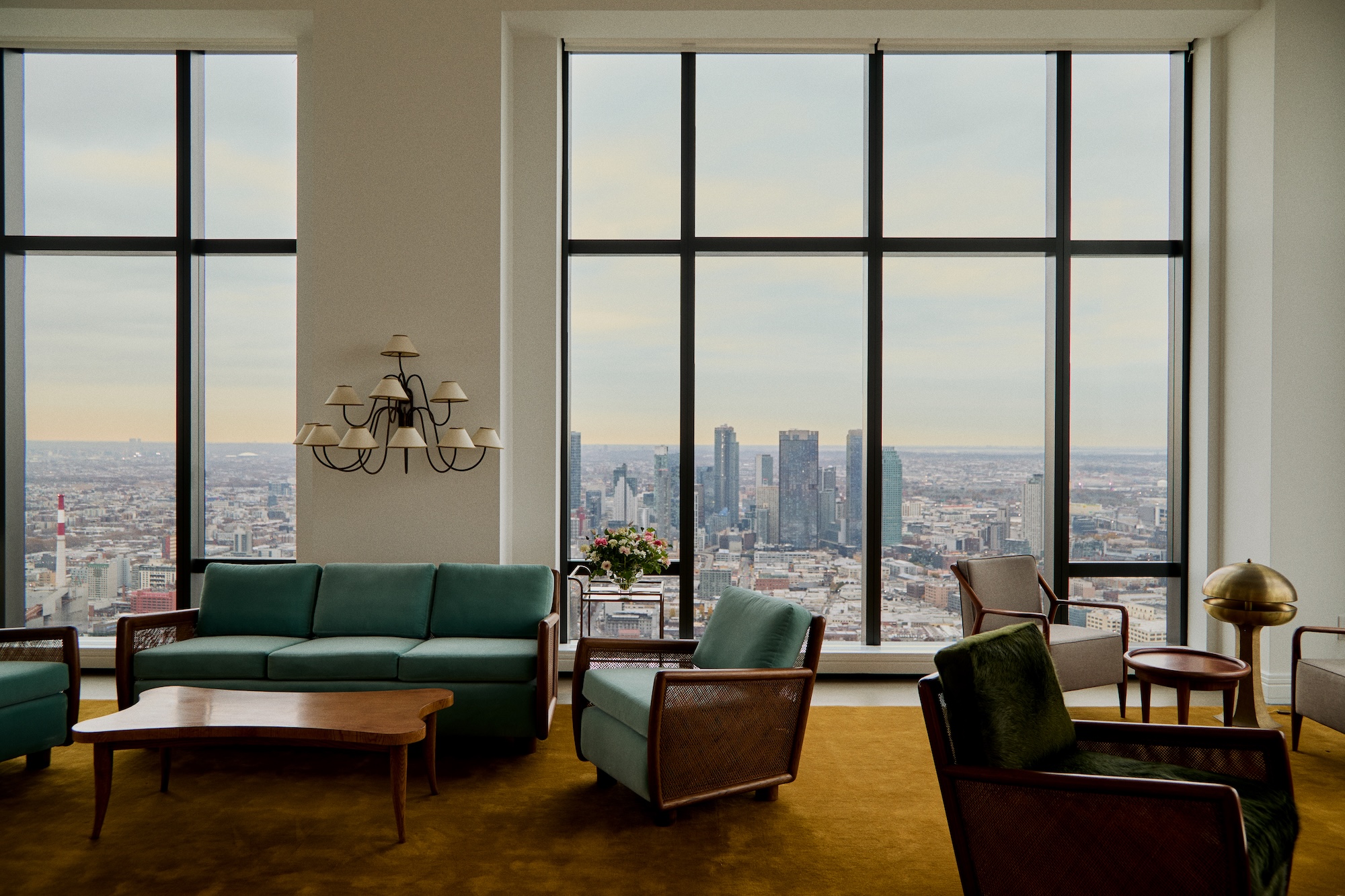 A breathtaking exhibition celebrating modernism’s transatlantic ties soars above Manhattan
A breathtaking exhibition celebrating modernism’s transatlantic ties soars above ManhattanCurated by interior designer Andre Mellone, 'Crossed Trajectories' at Galerie Gabriel's penthouse explores connections between nomadic post-war creatives Jean Royère, Roberto Platé and more
-
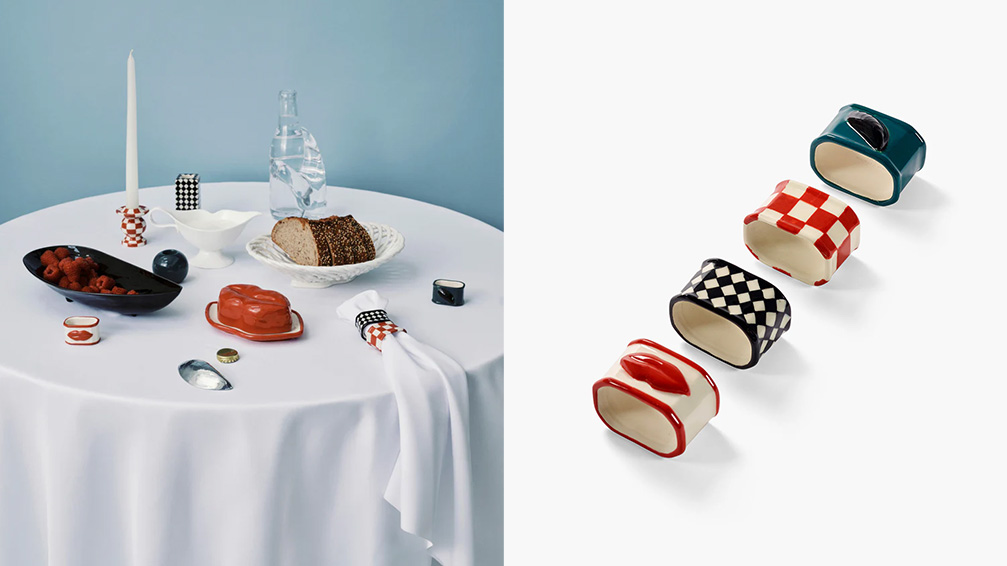 Sculptural, design-led napkin rings for festive tables
Sculptural, design-led napkin rings for festive tablesThe simple napkin ring harbours the potential to bring a stylish punch of personality to any table setting
-
 How Peter Saville came to art direct the best of contemporary culture
How Peter Saville came to art direct the best of contemporary cultureFrom Peter Saville's first steps with Factory Records and legendary album designs to his later work in art and fashion: we chart the history of the British art director
-
 Out of office: The Wallpaper* editors’ picks of the week
Out of office: The Wallpaper* editors’ picks of the weekIt’s been a week of escapism: daydreams of Ghana sparked by lively local projects, glimpses of Tokyo on nostalgic film rolls, and a charming foray into the heart of Christmas as the festive season kicks off in earnest
-
 Wes Anderson at the Design Museum celebrates an obsessive attention to detail
Wes Anderson at the Design Museum celebrates an obsessive attention to detail‘Wes Anderson: The Archives’ pays tribute to the American film director’s career – expect props and puppets aplenty in this comprehensive London retrospective
-
 Meet Eva Helene Pade, the emerging artist redefining figurative painting
Meet Eva Helene Pade, the emerging artist redefining figurative paintingPade’s dreamlike figures in a crowd are currently on show at Thaddaeus Ropac London; she tells us about her need ‘to capture movements especially’
-
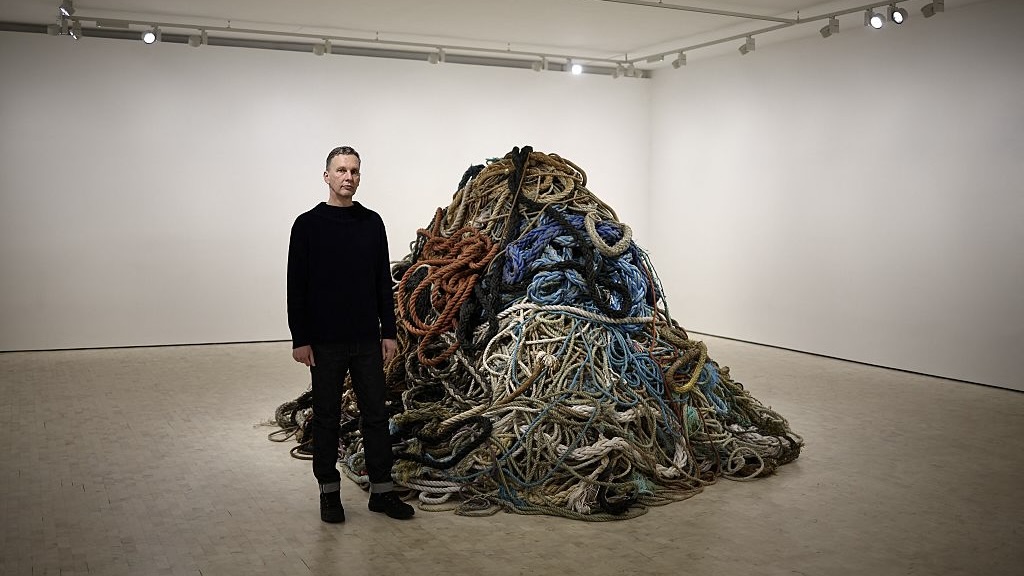 David Shrigley is quite literally asking for money for old rope (£1 million, to be precise)
David Shrigley is quite literally asking for money for old rope (£1 million, to be precise)The Turner Prize-nominated artist has filled a London gallery with ten tonnes of discarded rope, priced at £1 million, slyly questioning the arbitrariness of artistic value
-
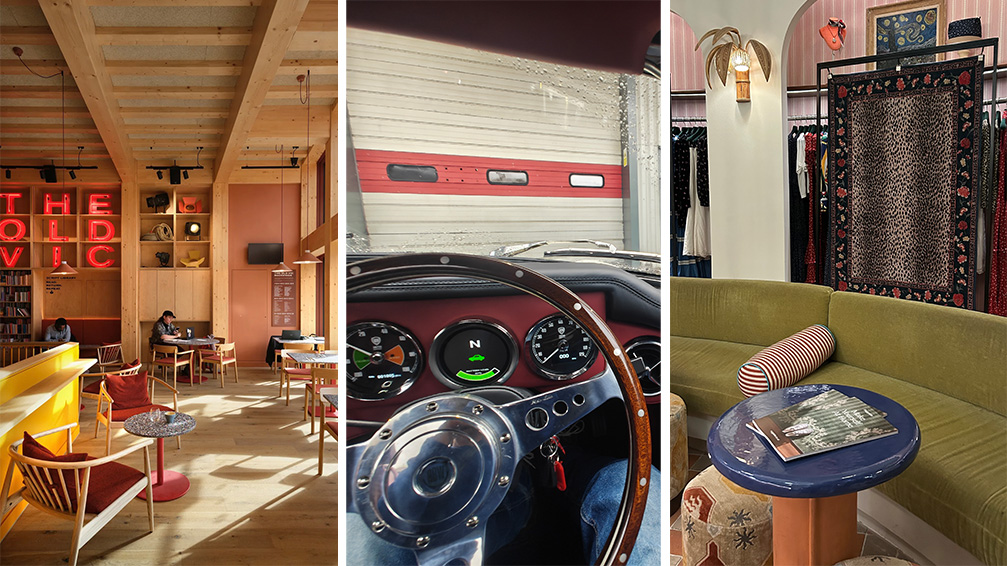 Out of office: The Wallpaper* editors’ picks of the week
Out of office: The Wallpaper* editors’ picks of the weekThe rain is falling, the nights are closing in, and it’s still a bit too early to get excited for Christmas, but this week, the Wallpaper* team brought warmth to the gloom with cosy interiors, good books, and a Hebridean dram
-
 A former leprosarium with a traumatic past makes a haunting backdrop for Jaime Welsh's photographs
A former leprosarium with a traumatic past makes a haunting backdrop for Jaime Welsh's photographsIn 'Convalescent,' an exhibition at Ginny on Frederick in London, Jaime Welsh is drawn to the shores of Lake Geneva and the troubled history of Villa Karma
-
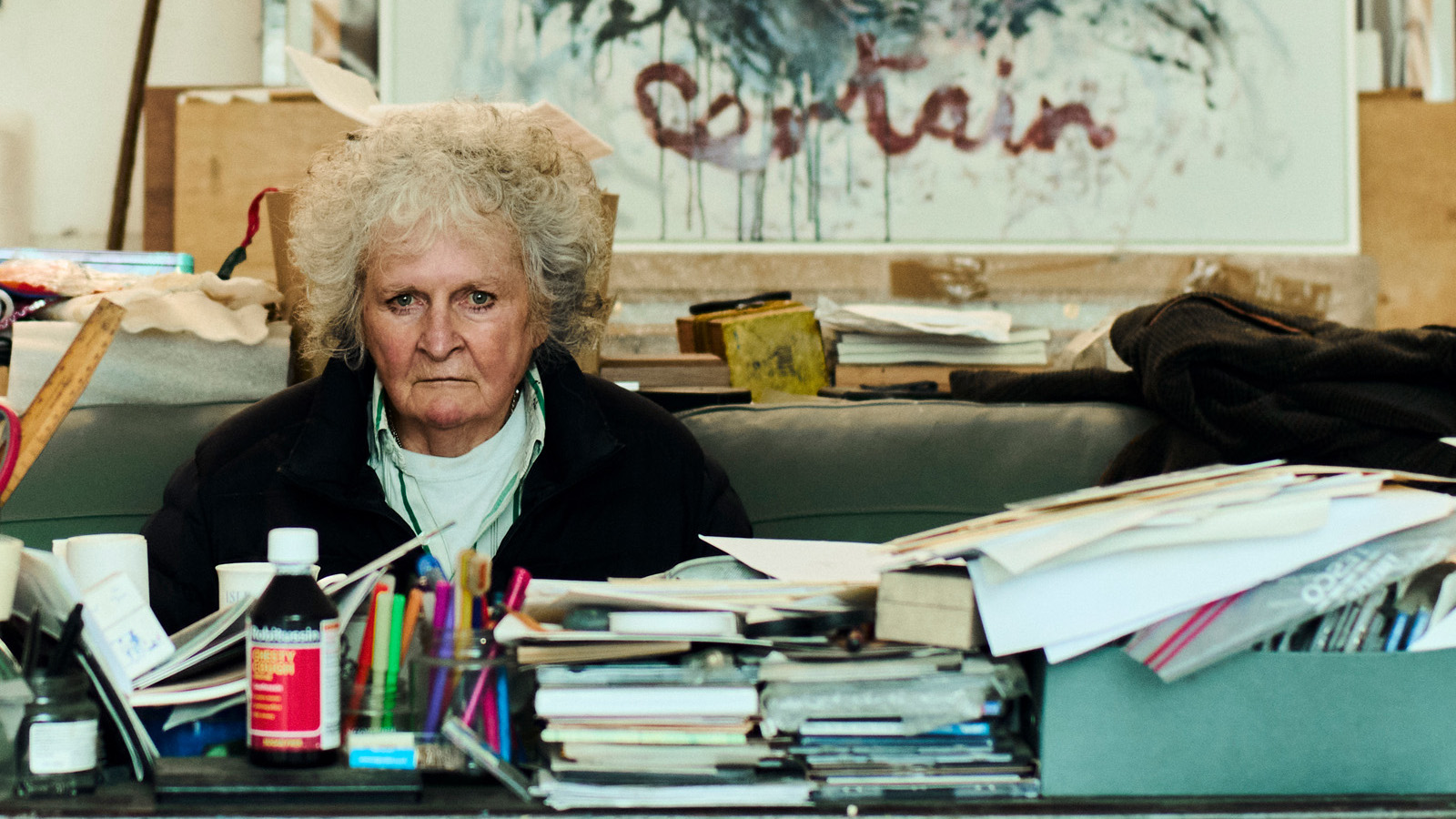 Maggi Hambling at 80: what next?
Maggi Hambling at 80: what next?To mark a significant year, artist Maggi Hambling is unveiling both a joint London exhibition with friend Sarah Lucas and a new Rizzoli monograph. We visit her in the studio
-
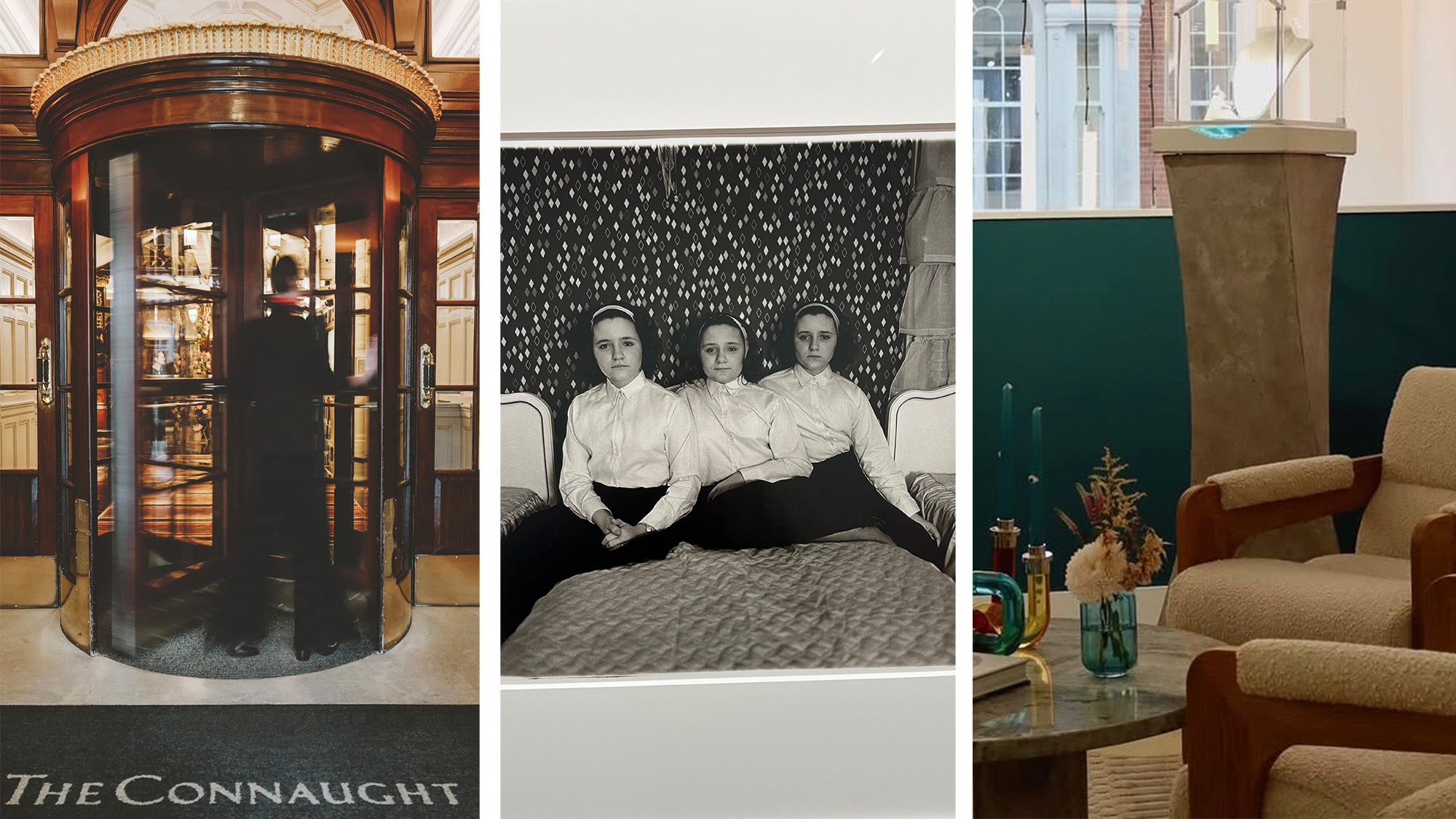 Out of office: The Wallpaper* editors’ picks of the week
Out of office: The Wallpaper* editors’ picks of the weekThis week, the Wallpaper* editors curated a diverse mix of experiences, from meeting diamond entrepreneurs and exploring perfume exhibitions to indulging in the the spectacle of a Middle Eastern Christmas